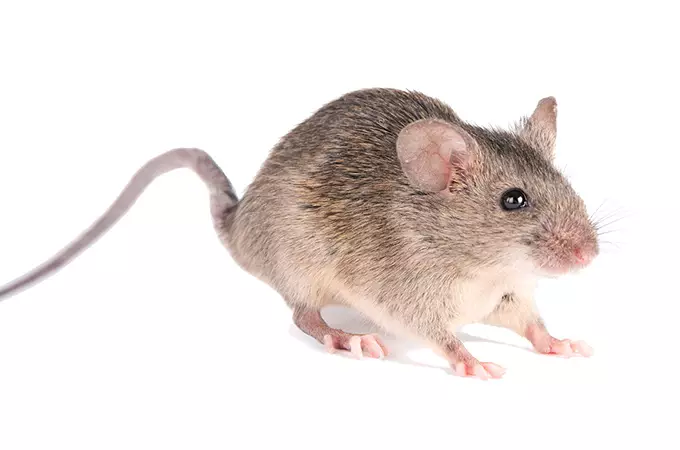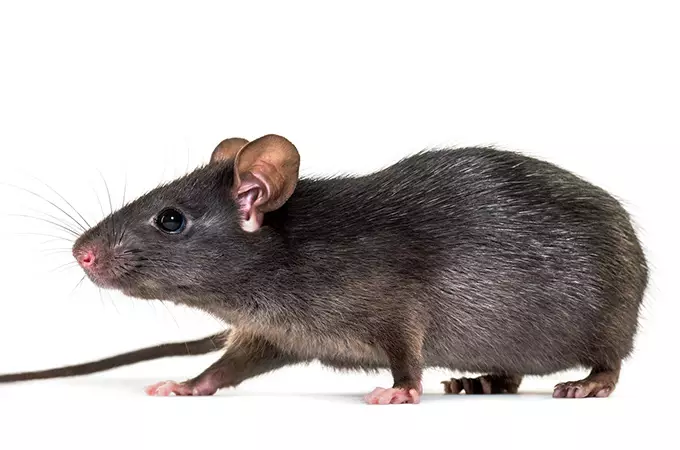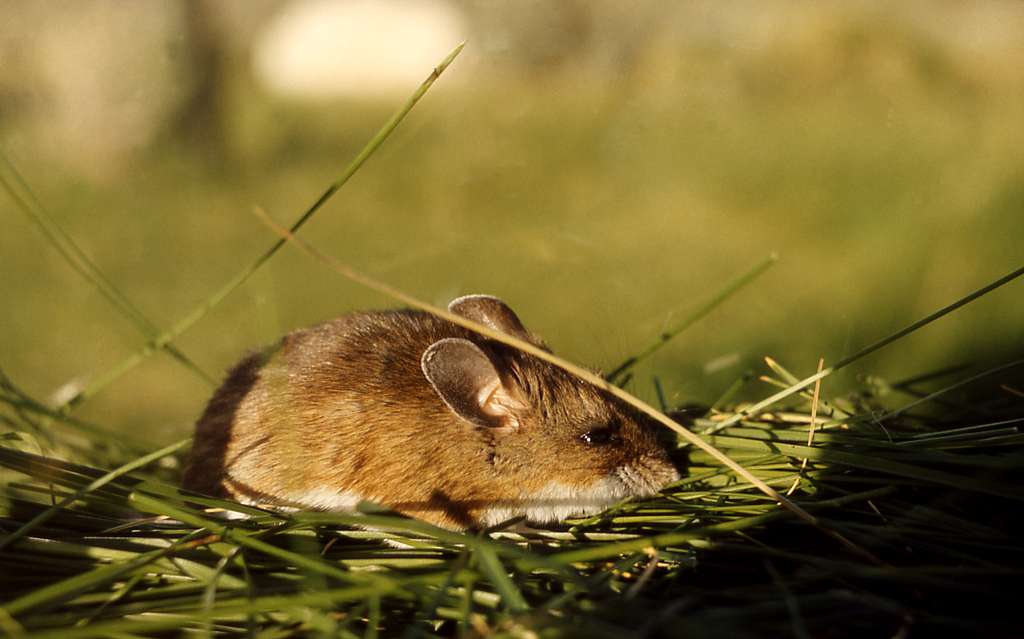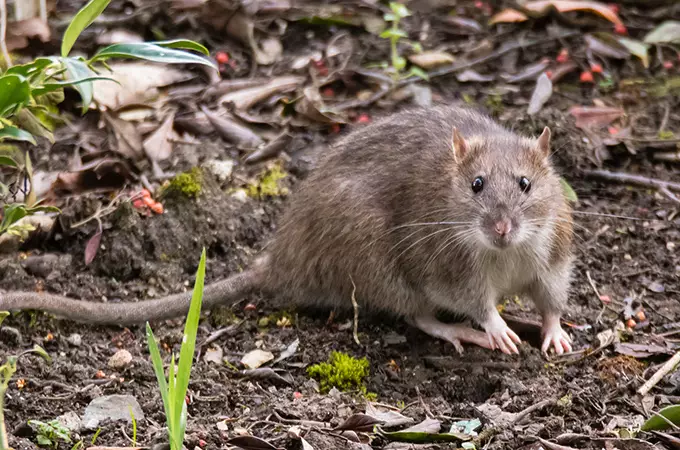Rodents in florida
Pest Library
Rodents are dirty, stinky, and destructive food thieves who destroy as much as 20% of the world’s food supply each year and bring a host of health issues along with them. In the fall, we tend to have more pressure from rodents entering homes as the weather cools.
If you are having rodent problems, visit our rodent control page to learn more about the rodent elimination and prevention services that we offer.
House Mice

What do house mice look like?
House mice, small rodents typically measuring 5-1/2” to 7-1/2” in length, are commonly gray or brown with prominent black eyes and a long hairless tail.
When are house mice active?
House mice are primarily nocturnal, with most of their activities occurring at night.
What attracts house mice?
These rodents are primarily driven by their search for food, typically cereal grains, but they’ll also consume various human and pet foods. House mice can survive for extended periods without water.
Where do you find house mice?
Outdoors:
- Near Buildings: House mice often live in close proximity to human structures, particularly if they can find access to food.
- Fields: In outdoor environments, they may reside in fields and grassy areas.
- Wood Piles: Stacked wood provides hiding places and nesting sites.
- Trash Areas: House mice are attracted to areas with easily accessible food sources, including trash.
- Under Vegetation: Tall grasses, shrubs, and underbrush can offer cover for house mice.
Indoors:
- Food Storage Areas: House mice are attracted to food storage areas, such as pantries and kitchen cabinets.
- Basements and Crawl Spaces: These concealed and less frequently visited spaces can serve as nesting sites for house mice.
- Attics: Attics offer a quiet and warm environment that house mice may inhabit.
- Wall and Ceiling Insulation: They can nest within insulation materials.
- Storage Rooms: Cluttered storage areas can provide shelter and nesting opportunities.
- Appliances: House mice may seek refuge in appliances, such as refrigerators and stoves.
Are House Mice Harmful?
House mice can be both destructive and pose health risks. Due to their continuous need to chew to maintain their incisors, they can damage woodwork, electrical wires, and other items. Additionally, their feces and the germs they carry can lead to health concerns and diseases when they contaminate surfaces and food.
Roof Rat

What do roof rats look like?
The roof rat is the worst and most abundant rodent in Florida. Some people refer to them as ‘fruit rats’. Including the tail, their sleek gray bodies are normally 12” to 14” long. They can sometimes be black with a gray underbelly, or gray with a light gray underbelly, or brown with a white or cream underbelly.
When are roof rats most active?
Roof rats are nocturnal creatures and spend most days hiding away in secluded dark places. Here in Florida, during the citrus season (September through March), they seem to increase in number because they are out partaking in the fruit harvest.
What attracts roof rats?
Roof rats are attracted to garbage, fruit and nut trees, bird feeders, bird seed, and any place that can offer them food.
Where are you likely to find roof rats?
Roof rats are usually able to find a food source in just about any human environment. They will rummage through garbage and rubbish, climb fruit trees, and get into buildings for food. They like to nest high in trees, on woodpiles and plants, and in attics. They are good climbers and very few obstacles stop them. Roof rats are arboreal which means they like to nest above ground (palm trees, etc).
Are roof rats dangerous or destructive?
Roof rats are very destructive. Like all rodents, they have a need to constantly chew to keep their incisors from getting too long. Once they enter into buildings they go ‘up’ into the attic and along the way the will chew duct work, electrical cords and anything else tasty that they encounter.
One of the major dangers of having them in your home is the possibility of a house fire. Many house fires that are deemed undetermined are said to most likely be the result of a rodent chewing through and damaging electrical wires causing a fire.
Deer Mice

What Do Deer Mice Look Like?
Deer mice are relatively small, measuring about 5 to 8 inches in length, including their tail. They typically have brownish-gray to reddish-brown fur on their back and sides. Their undersides are typically white or cream-colored. They have relatively large, prominent, and dark-colored eyes, with large rounded ears, pointed snouts, and a long, hairless, bi-colored tail.
When are Deer Mice Active?
Deer mice are primarily nocturnal creatures, which means they are most active during the nighttime hours. They tend to forage for food, explore their surroundings, and engage in various activities during the dark hours of the night.
What Attracts Deer Mice?
Deer mice are attracted to factors that cater to their survival needs. They seek out accessible food sources, including seeds, grains, and insects. Additionally, they are drawn to sheltered and warm nesting sites such as cluttered storage areas, garages, and concealed spaces. While they can survive with minimal water, they may be enticed by locations with available moisture. In outdoor environments, they prefer areas with dense vegetation. To mitigate the chance of infestation, maintain good sanitation, seal entry points, and eliminate potential food and water sources.
Where Do You Find Deer Mice?
Outdoors:
- Fields: Deer mice are frequently found in open fields and grassy areas.
- Wooded Areas: They inhabit forests, wooded regions, and areas with ample ground cover.
- Under Rocks and Logs: Deer mice seek refuge under natural coverings like rocks, fallen logs, and tree stumps.
- Nest in Vegetation: Tall grasses, shrubs, and underbrush provide suitable nesting spots.
- Gaps and Holes in the Ground: They may burrow into the soil, creating tunnels and nesting sites.
Indoors:
- Basements or Attics: Deer mice often seek shelter in the concealed and undisturbed areas of homes, such as basements and attics.
- Crawl Spaces: They may access crawl spaces under houses or other structures.
- Storage Areas: Cluttered storage spaces provide nesting and hiding opportunities.
- Hidden Nooks: Any undisturbed or rarely accessed areas within structures can be appealing to deer mice as nesting sites.
Are Deer Mice Dangerous or Destructive?
Deer mice are generally not destructive to property, but they do carry health risks. They are known hantavirus carriers, and contact with their excrement or nesting materials can lead to Hantavirus Pulmonary Syndrome (HPS), a severe respiratory illness. Their presence can also result in the spread of diseases and allergies, and if threatened, they may bite, potentially causing infections.
While they may not cause property damage like some rodents, it’s vital to exercise caution when dealing with deer mice or their habitats due to the associated health risks. Proper hygiene and preventive measures are essential in minimizing the dangers posed by these rodents.
Norway Rat

What do Norway rats look like?
Norway rats are the largest rodent of the commensal rodents. The Norway rat, also known as the sewer rat, is typically brown with an off-white underbelly, 6” to 9” long (not including their long tail), and has black eyes. This rodent is the most widely distributed rat in the United States. Here in Florida, they are mostly concentrated around canals and sea ports.
When are Norway rats most active?
Norway rats, like their other rodent friends, are mostly nocturnal. If you spot a Norway rat during the daylight hours this could be a good indication of a larger regional population.
What attracts Norway rats?
Norway rats are attracted to places that provide food, water, and shelter. Food for Norway rats can be just about anything that people eat. They like to burrow in the ground under structures.
Where are you likely to find Norway rats?
These rats are burrowers, which means that they burrow under buildings and other structures to make nests. They like to make their nests near a water source, so they are usually found near canals, streams, lakes, sea ports, pools, and ponds. Indoors, they are usually found in the lower levels of structures hiding in secluded places like inside the walls and in storage boxes.
Are Norway rats dangerous or destructive?
The Norway Rats are the infamous creatures that carried and spread the bubonic plague in the middle ages. This prolific disease and virus carrier spends a lot of time in dirty filthy places and they freely roam around and inside our homes and businesses spreading the germs that they have picked up.
Norway rats can be destructive to the structure and foundation of the buildings that they make their burrows under. Indoors, they chew on just about anything which includes electrical wiring along with peoples’ possessions and furniture.